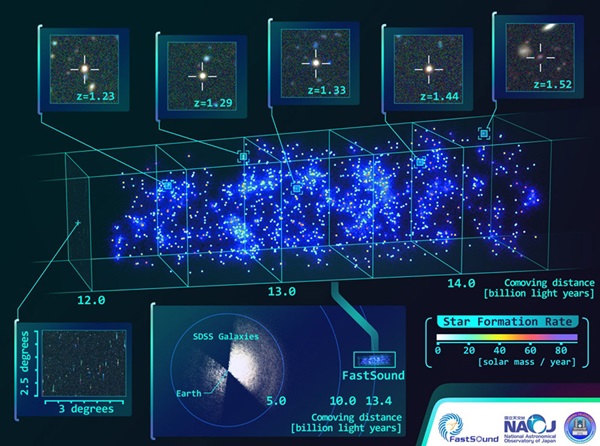Key Takeaways:
In fact, the universe was already infinite, as it is now. Energy and matter was everywhere, so there was no special origin point. No center.
Imagine this by drawing lines on a rubber band and pulling at both ends. The lines move apart, but the rubber band is not stretching from the center.
Astronomers first stumbled onto this incredible fact more than a century ago when early measurements showed other galaxies retreating from Earth. But it’s now clear that there’s nothing special about our position. If you lived in another galaxy, the cosmos would still retreat away in all directions.
Of course, all this expansion raises another question: What is our universe expanding into? Astronomers believe that the observable universe does not expand into vast fields of nothing, but is instead surrounded by yet more matter and energy.
We can’t see this material because it’s beyond the cosmic microwave background (CMB) — the oldest light in the universe. The CMB formed about 380,000 years after the Big Bang, when the cosmic soup of particles bouncing around our universe had cooled enough for hydrogen atoms to form.
It’s this first light that also gives astronomers a born-on date for existence: 13.82 billion years ago.
Associate Editor










